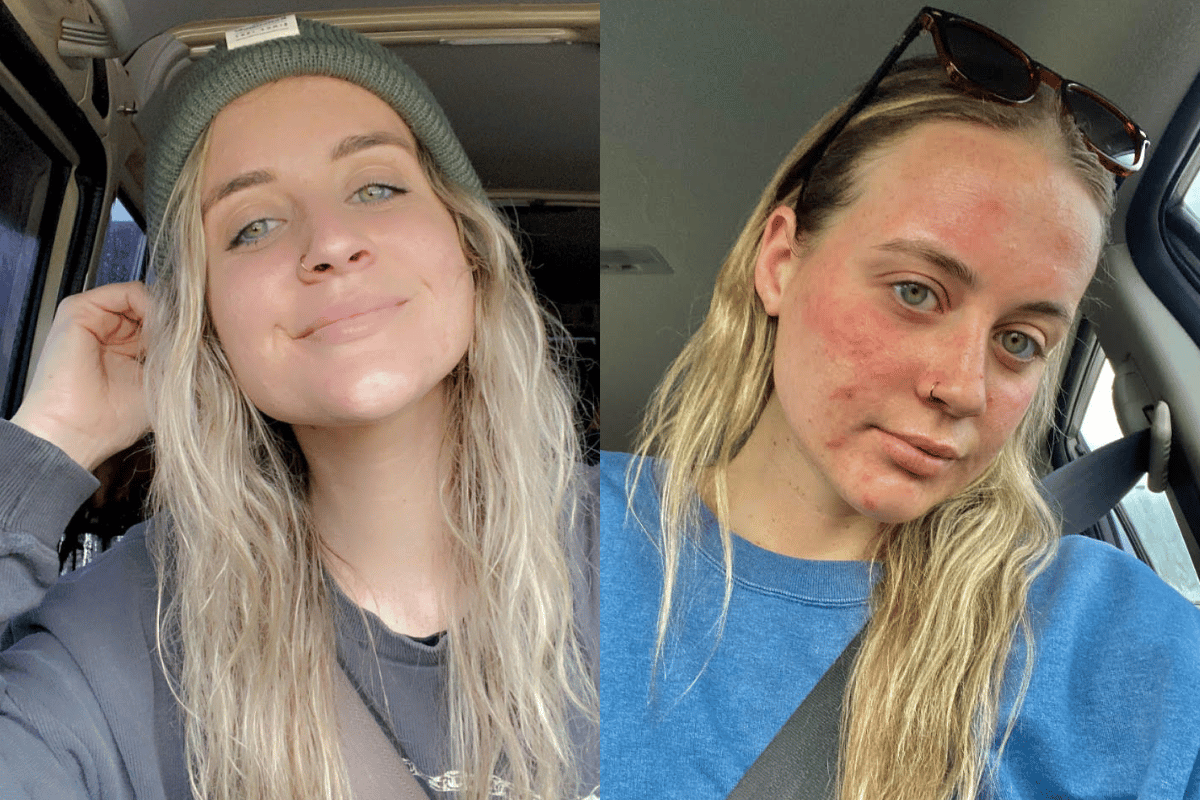
When a doctor found mould growing in Ellie's ear years ago, he laughed and tossed an antifungal cream her way.
She took the cream and went on her way, not knowing it would only be the beginning of a years-long health journey.
In the years that followed, her body started sending her warning signals. Constant ear infections, sinus infections, and unexplained symptoms plagued her childhood.
At first, friends and family dismissed her as a "hypochondriac". But Ellie's health issues only got worse.
By her teenage years, Ellie was battling severe periods that had started at age 11.
Watch: A day in the life with multiple chronic conditions. Post continues after video.
Doctors began attaching labels to her symptoms: central sensitisation syndrome, endometriosis, adenomyosis, fibromyalgia. But none fully explained the confusion, pain and fear she felt as her body slowly fell apart.
Gradually, her body began rejecting more substances: chocolate, alcohol, anything fermented.
Things reached a critical point in 2021.
"That year, I had my fourth laparoscopic surgery — doctors were convinced I had endometriosis and that my previous surgeon had missed it," she said.





























































































